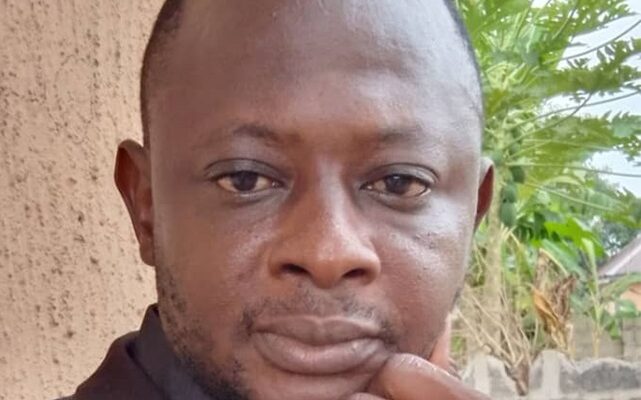The story of the Shunammite woman is not a mere Sunday school tale; it is a theological archetype of resilience, audacious faith, and prophetic engagement. In a season when Igalaland groans under the weight of political disintegration and societal fatigue, her narrative carries a clarion call: that which seems buried can be summoned back to life through faith, vision, and unity.
The Shunammite woman in 2 Kings 4 embodies what theologians call “performative faith” —faith that does not only confess but enacts resurrection possibilities. Confronted with her son’s death, she declared with defiant conviction, “It is well.” This was not denial but prophetic affirmation. As Apostle Ayo Babalola once thundered, “Faith is not the absence of reality but the insistence that God’s word is a superior reality.”
Such theological audacity is what the Igala nation must recover. The current state of Kogi East politics has been likened to the dry bones of Ezekiel’s valley, scattered by disunity and stripped by betrayal. Yet as Prophet T.B. Joshua often said, “Faith is not a risk; it is a surety in God’s covenant.” If faith spoke over dry bones, and they rose an exceeding great army, then faith can speak over Igalaland’s fractured destiny.
Indeed, the Shunammite woman represents a theology of insistence. She refused to accept finality without divine intervention. Bishop David Oyedepo captured this ethos when he declared, “You don’t wait for change; you provoke change by covenant demands.” For Igalaland, this means refusing to bury political potential in the tomb of factionalism and ethnic rivalry.
Local elders resonates this sentiment with Igala wisdom. Chief Ocholi Abalaka of Anyigba opined that “An Igala proverb says, when a broomstick stands alone, it breaks easily,” but together they sweep the compound.’ Our unity is the altar where our destiny must be resurrected.”
Theologians of revival have long argued that divine intervention requires human alignment. Evangelist Yinka Yusuf once said, “God moves when men dare to believe beyond reason.” The Shunammite woman dared; she carried her lifeless son to the prophet’s chamber, a liturgical act of refusing despair. Igalaland, too, must carry its lifeless structures to the altar of collective resolve.

Young voices in the land are awakening to this truth. Joy Onoja, a university student in Idah, says “If the Shunammite woman could confess wellness in crisis, then we must confess restoration in our broken land. We cannot keep calling ourselves divided and expect unity to appear.”
At its core, the Shunammite narrative is not about the resurrection of a child alone, but about the theology of persistence—that hope, when married to faith, can alter the trajectory of a people. As Pastor Chris Oyakhilome once explained, “Faith is not passive; it is a divine force that reshapes history.”
For Igalaland, the call is unmistakable: to embody the Shunammite spirit, to speak faith amid fragmentation, and to insist that what looks dead can yet breathe again. For as an Igala proverb reminds us, “Oli eyo ka neke d egbili n” — One tree does not make a forest. Unity, not despair, is the womb of revival.
– Inah Boniface Ocholi writes from Ayah – Igalamela/Odolu LGA, Kogi state.
08152094428 (SMS Only)




